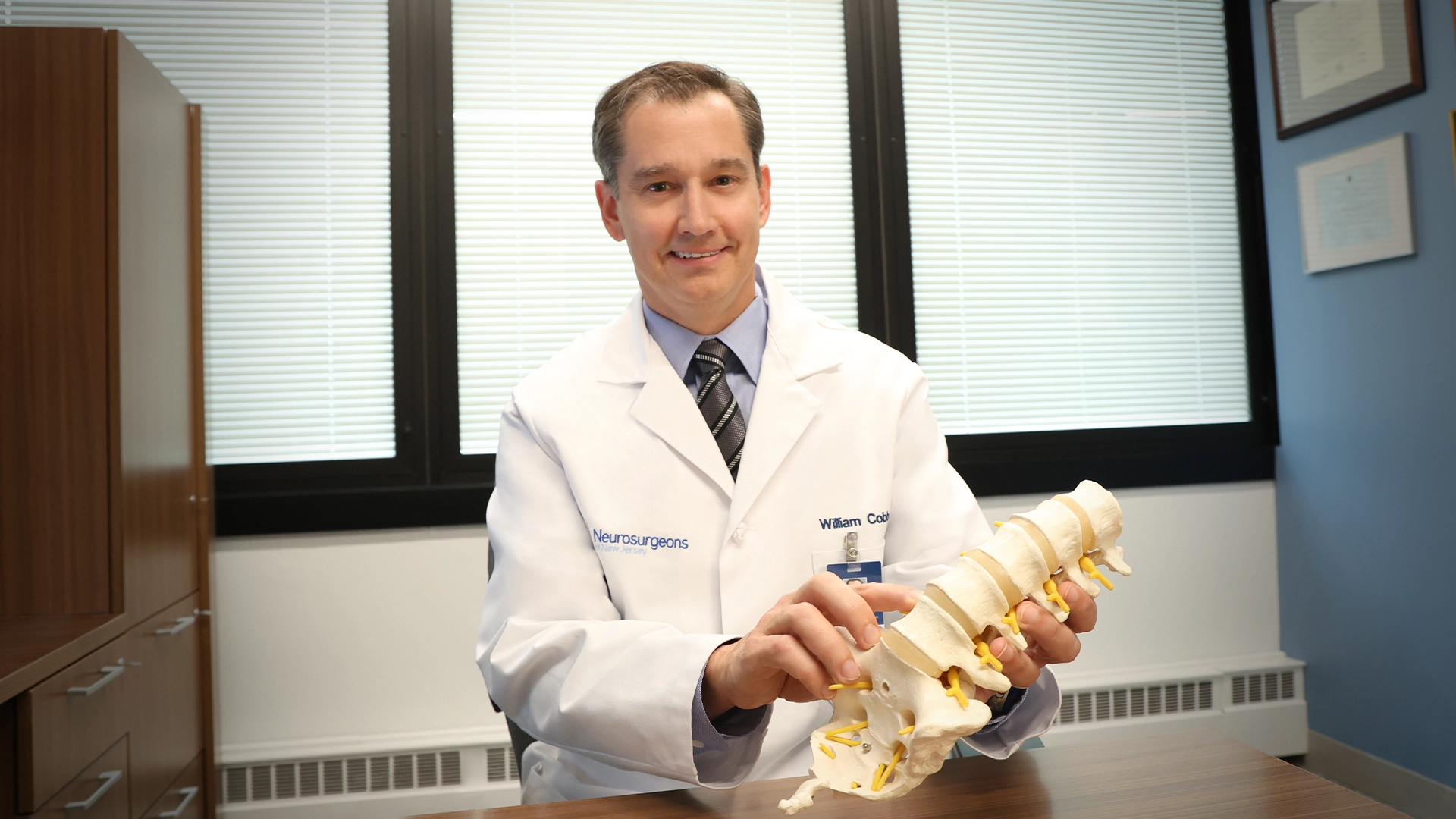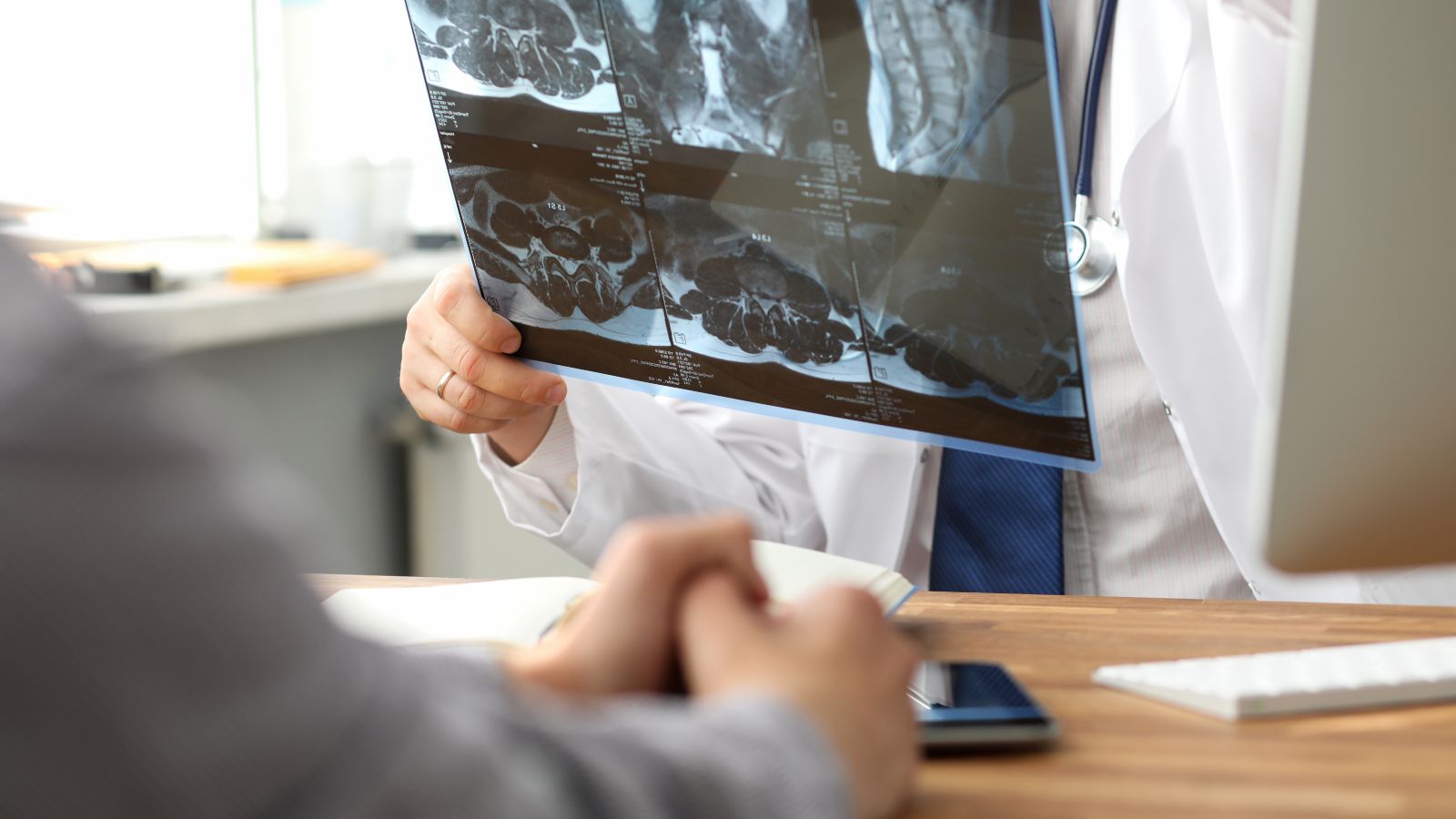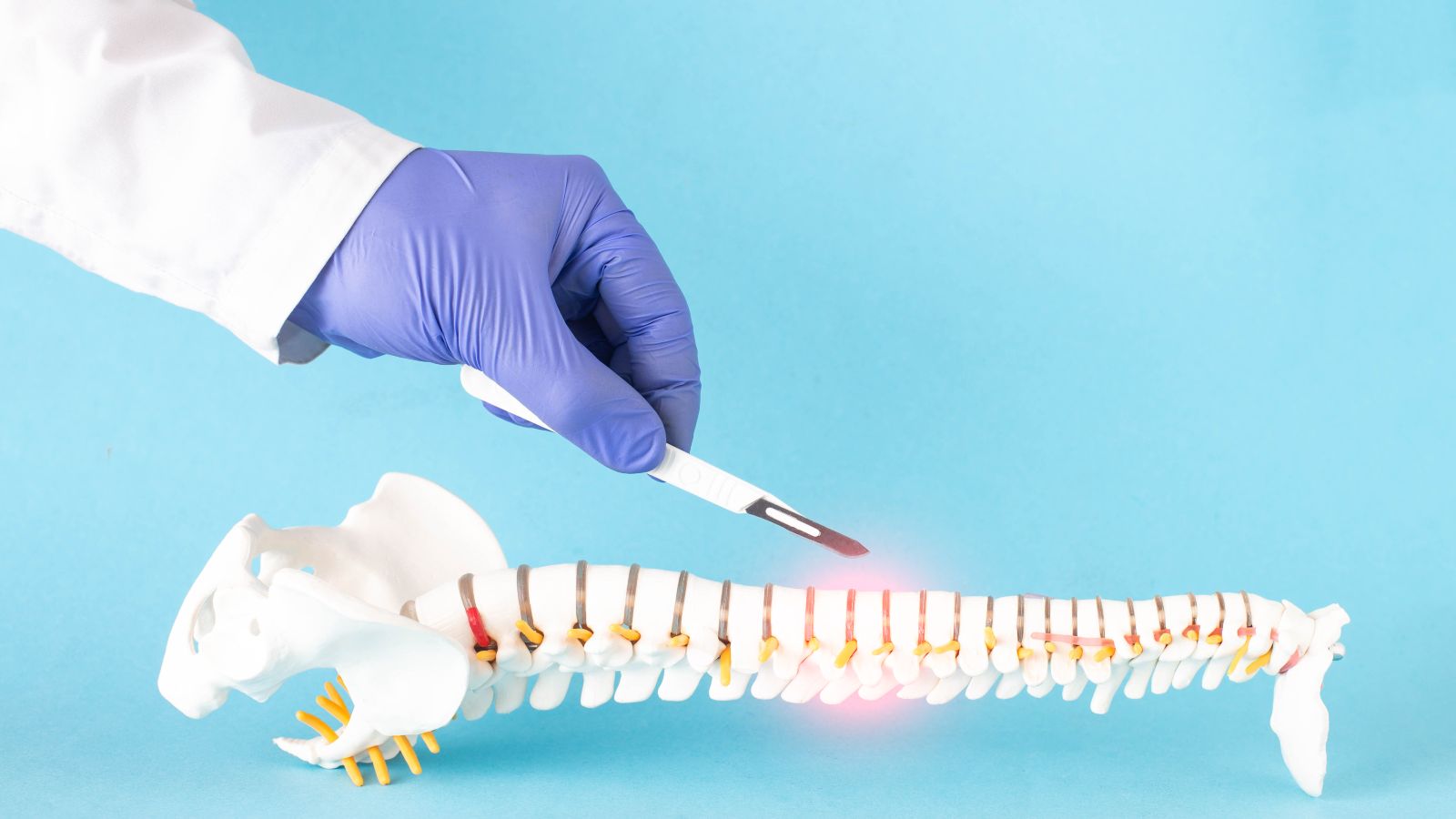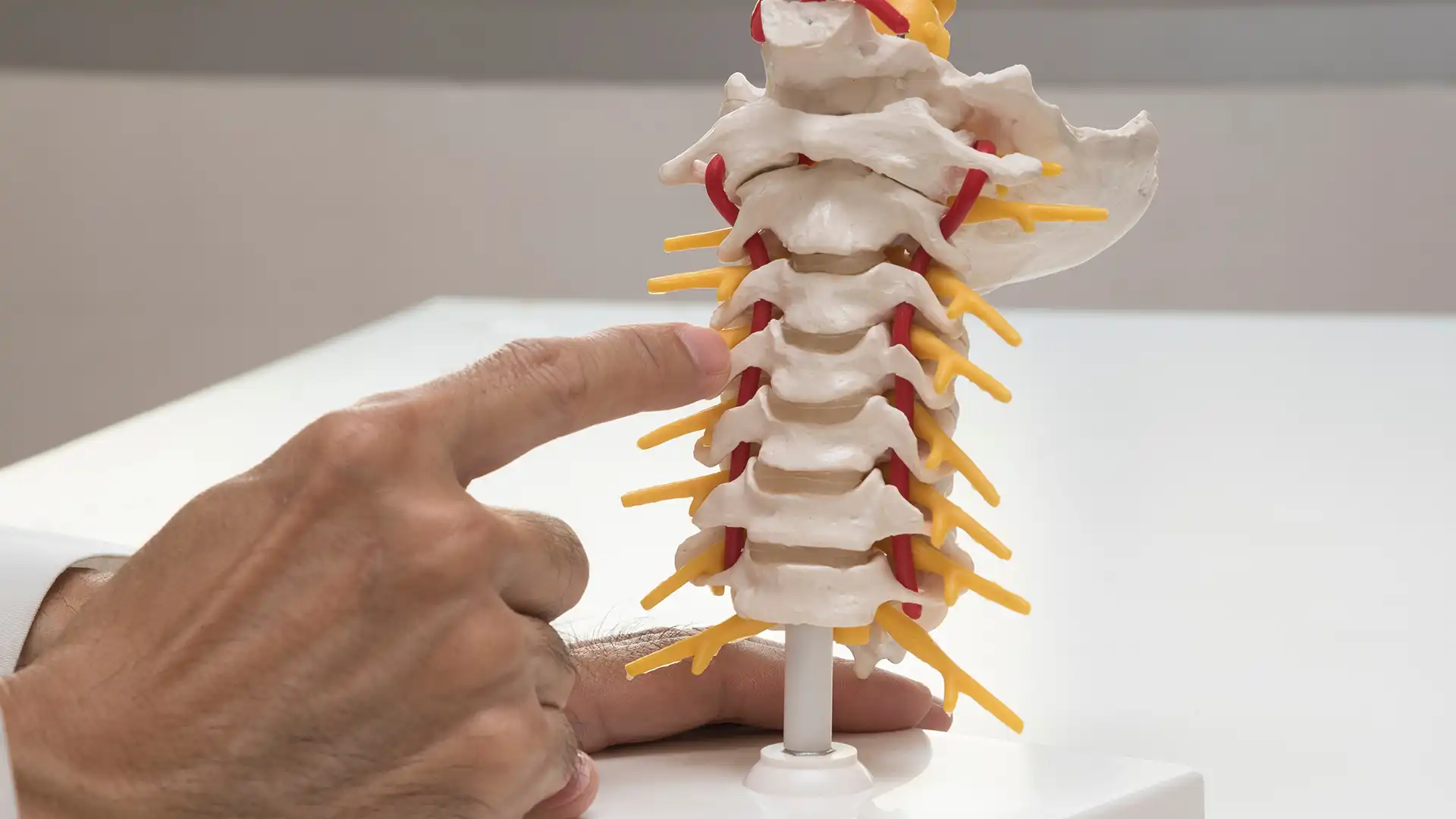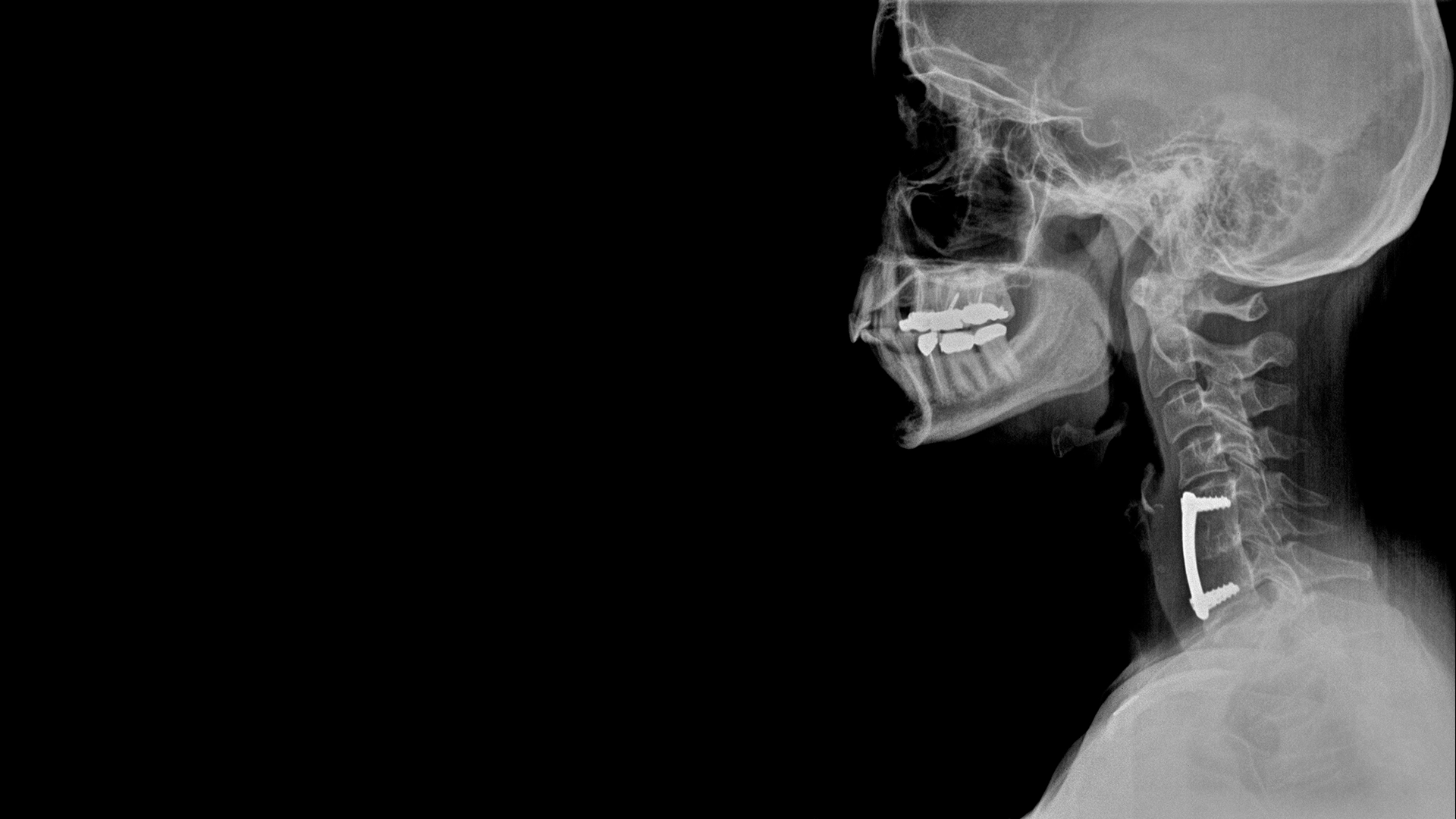
Spinal fusion is a type of surgery that can help with long-lasting back or neck pain and other spine problems such as numbness or tingling in your arms and hands. The goal is to make your spine more stable and reduce pain by permanently connecting two or more bones in your spine.

